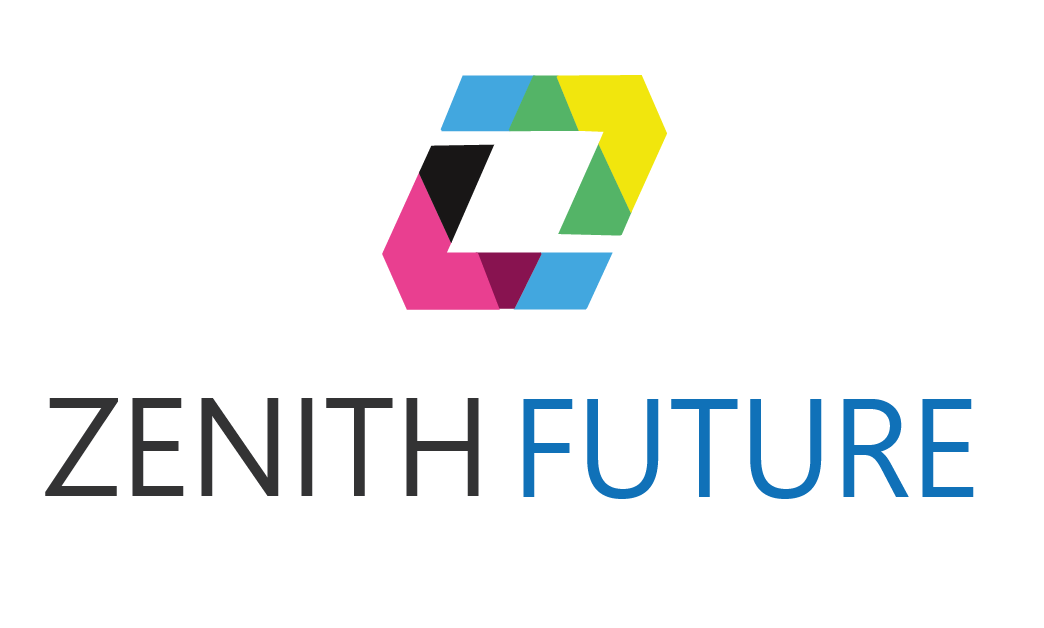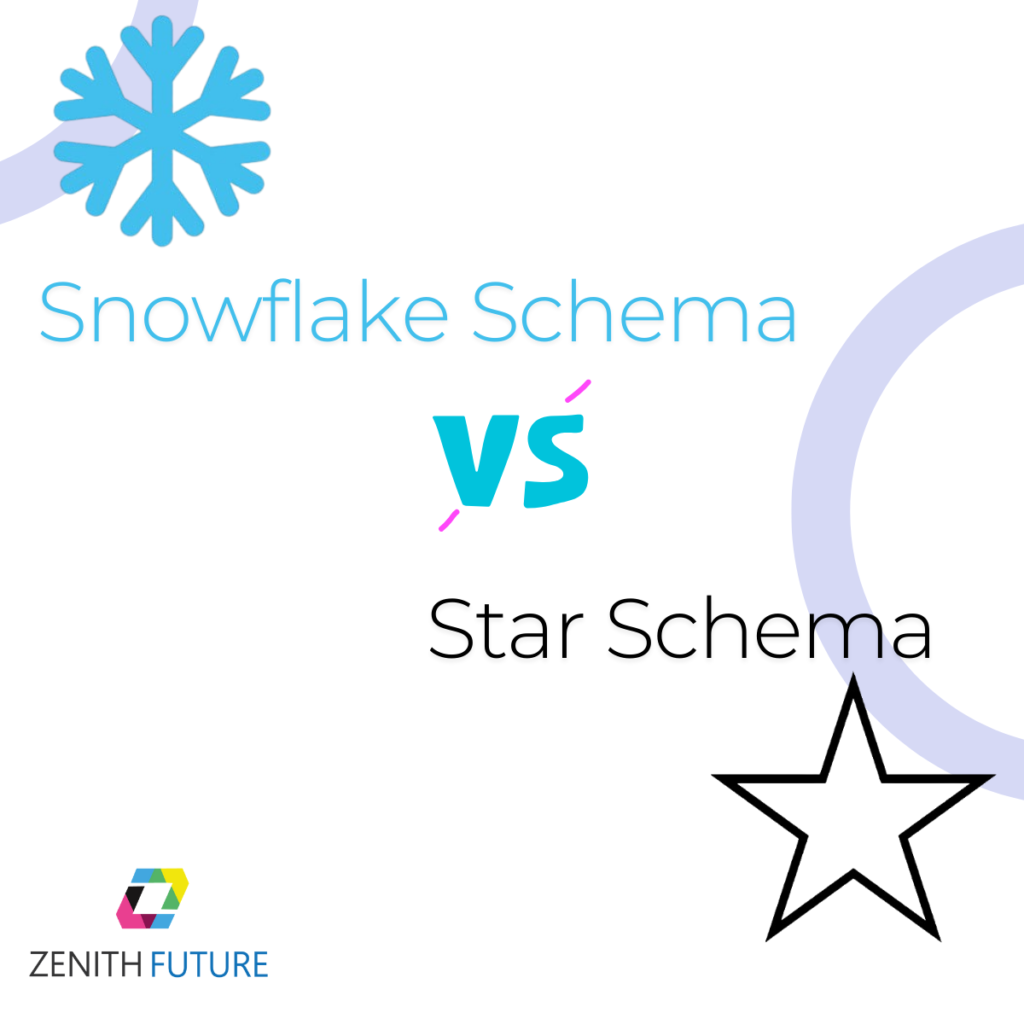When designing a data warehouse, choosing the right schema—snowflake or star—is critical to optimizing performance, storage, and usability. Each schema caters to specific use cases and business needs. In this guide, we’ll compare the snowflake schema and star schema, highlighting their features, pros, cons, and use cases, so you can decide which one is better for your data strategy.
What is a Star Schema?
The star schema is a simple, easy-to-understand data warehouse design. It features a central fact table surrounded by denormalized dimension tables, resembling a star.
Key Features of Star Schema:
- Fact Table: Stores numeric data like sales or revenue and includes foreign keys to dimension tables.
- Dimension Tables: Contain descriptive data like product details or customer information, structured for quick queries.
- Structure: A single-level hierarchy that simplifies querying and analysis.
Advantages of Star Schema:
- Faster Query Performance: Fewer joins make queries more efficient.
- User-Friendly: Easy for analysts and business users to understand and use.
- Simplicity: Ideal for straightforward analytics and reporting needs.
Disadvantages of Star Schema:
Maintenance Complexity: Updates to dimension attributes require more effort.
Data Redundancy: Denormalized data increases storage requirements.
What is a Snowflake Schema?
The snowflake schema builds upon the star schema by normalizing dimension tables into multiple related tables. This creates a more complex, snowflake-like structure.
Key Features of Snowflake Schema:
- Fact Table: Centralized storage of measurable data, similar to the star schema.
- Normalized Dimension Tables: Data is split across related tables to minimize redundancy.
- Structure: Multi-level hierarchy optimized for complex data relationships.
Advantages of Snowflake Schema:
- Reduced Data Redundancy: Normalization saves storage space by eliminating duplication.
- Improved Data Integrity: Consistency across dimensions is easier to maintain.
- Flexibility: Well-suited for handling complex and large datasets.
Disadvantages of Snowflake Schema:
- Complex Queries: More joins can result in slower performance.
- Higher Complexity: Harder for non-technical users to navigate and understand.
Star Schema vs. Snowflake Schema: Key Differences
Here’s a side-by-side comparison of star and snowflake schema:
| Feature | Star Schema | Snowflake Schema |
|---|---|---|
| Data Redundancy | High | Low |
| Query Performance | Faster | Slower |
| Complexity | Simple | Complex |
| Storage Efficiency | Requires more storage | Optimized storage |
| Ease of Maintenance | Moderate | Easier |
Which Schema Should You Use?
The decision between a star schema and a snowflake schema depends on your specific business needs, data complexity, and performance requirements. Here’s a quick guide:
When to Use a Star Schema:
- When working with small to medium-sized datasets.
- When query performance and simplicity are top priorities.
- For environments with a high proportion of non-technical users.
When to Use a Snowflake Schema:
- When handling large, complex datasets requiring optimized storage.
- In systems where maintaining data integrity is critical.
- For enterprise-scale applications with advanced analytical needs.
Final Verdict
Choosing the right schema depends on your goals:
- Star Schema: Best for fast analytics, ease of use, and smaller datasets.
- Snowflake Schema: Ideal for storage efficiency, data integrity, and complex datasets.
Evaluate your data, user requirements, and technical environment to make the right choice. Both schemas offer unique advantages, and understanding their differences can help you design a data warehouse that aligns with your business objectives.
FAQs
1. What is the main difference between star schema and snowflake schema?
Star schema has denormalized dimensions for simplicity and performance, while snowflake schema normalizes dimensions for reduced redundancy and better data integrity.
2. Which schema is better for large datasets?
The snowflake schema is better for large datasets due to its storage efficiency and ability to handle complex relationships.
3. Can I use both schemas in one data warehouse?
Yes, hybrid approaches are common, leveraging the strengths of each schema for specific parts of the data warehouse.
4. Why is the star schema faster for queries?
Star schema requires fewer joins because of its denormalized structure, improving query performance.
5. How do I decide which schema to use?
Assess your data volume, complexity, and the technical expertise of users. Simpler needs favor star schema, while complex systems benefit from snowflake schema.




